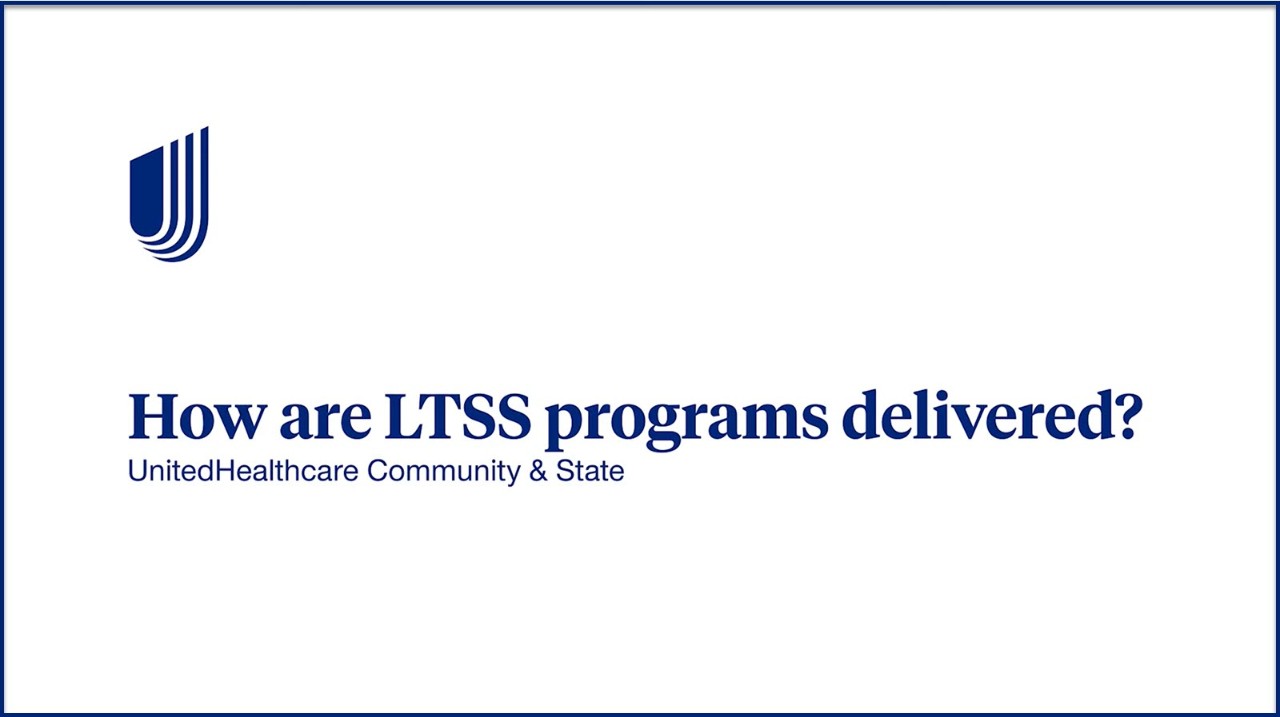Medicaid is the nation’s largest payer of Long-Term Services and Supports (LTSS). These programs care for older adults and individuals who require care due to physical, cognitive, developmental or medical conditions that restrict their abilities to care for themselves.
When it comes to delivering these services, states provide LTSS through either a managed care or a fee-for-service (FFS) model. States also have the flexibility within Medicaid to design their LTSS delivery system to best meet the needs of their population. This is commonly achieved through 1915(c) waivers — also known as Home- and Community-Based Services (HCBS) waivers.
Learn more about how LTSS are delivered, and the unique ways managed care helps expand HCBS, in this video with Jillian Hamblin, Vice President, Long-Term Care Programs.
Looking to learn more about LTSS programs?
Interested in learning how members become eligible for LTSS, how these programs are funded and more advantages of providing LTSS through managed care? Watch our full on-demand education video. Then test your knowledge with our LTSS quiz.
